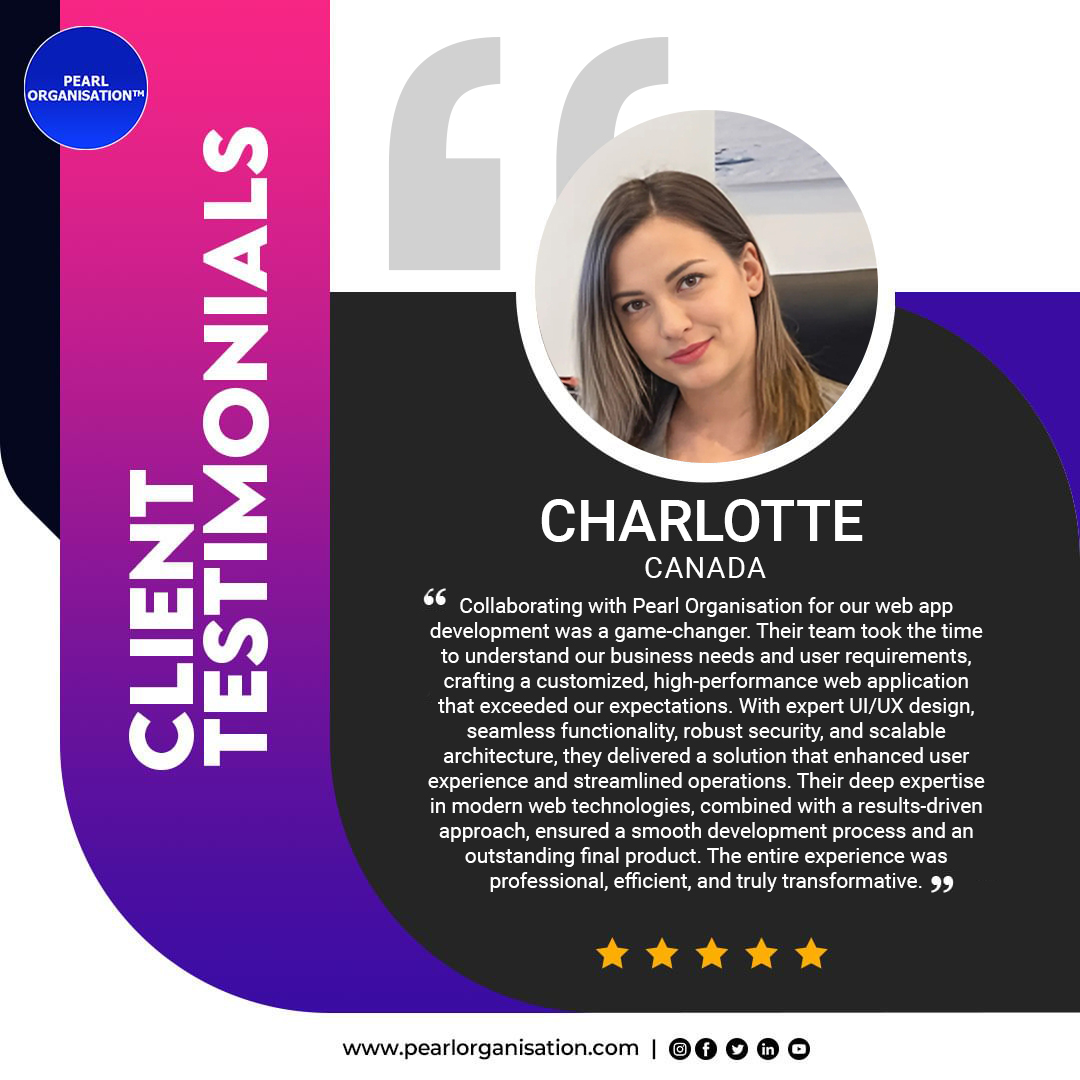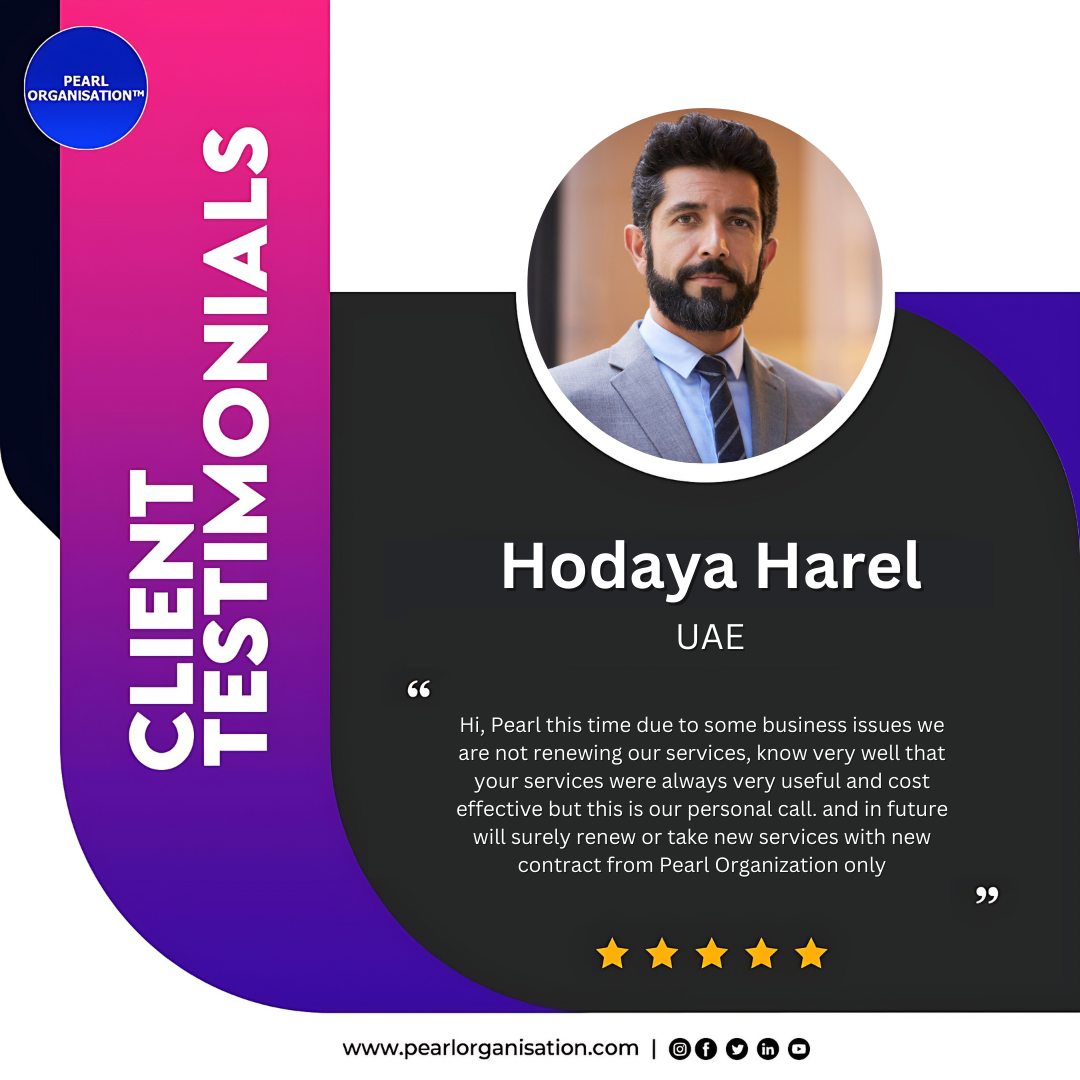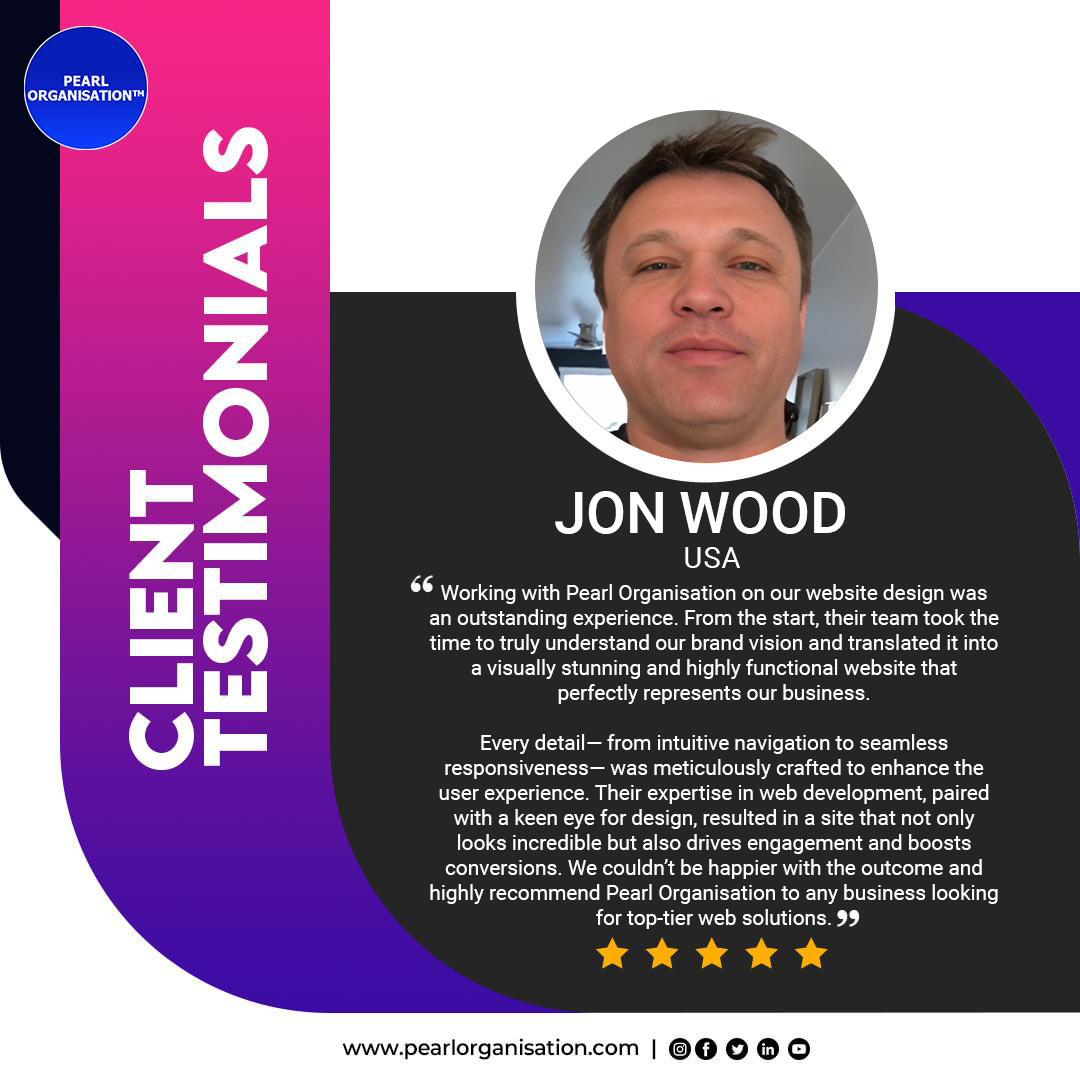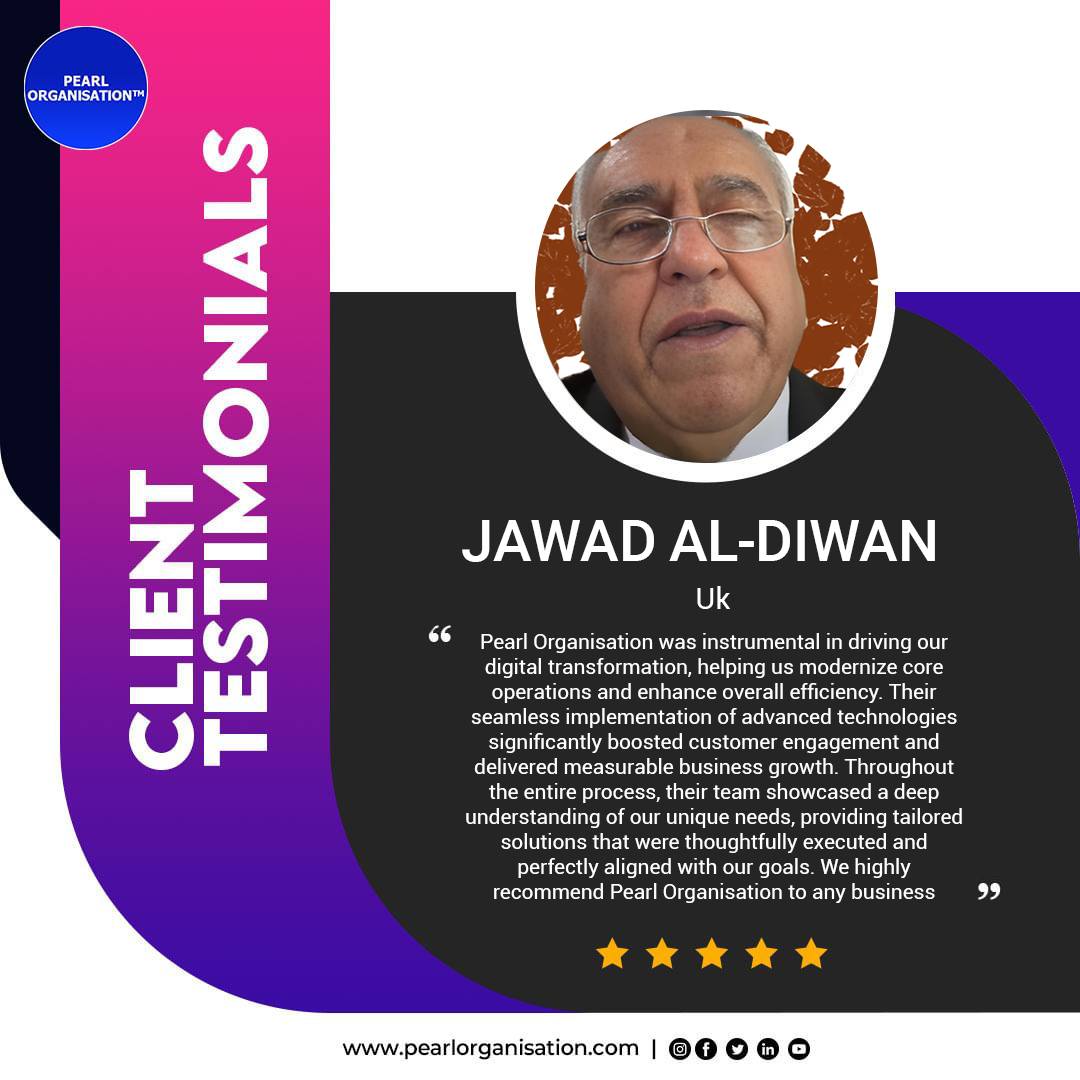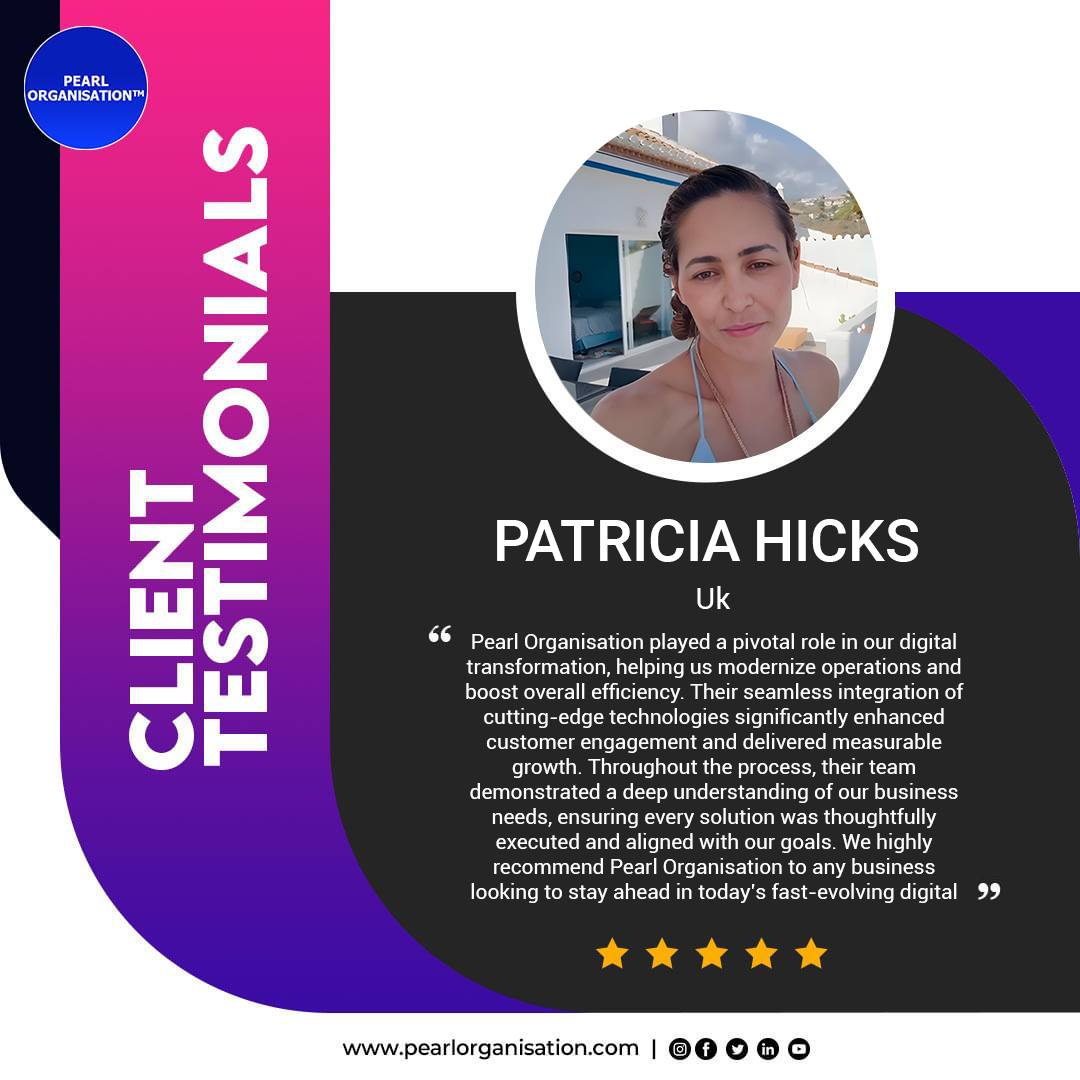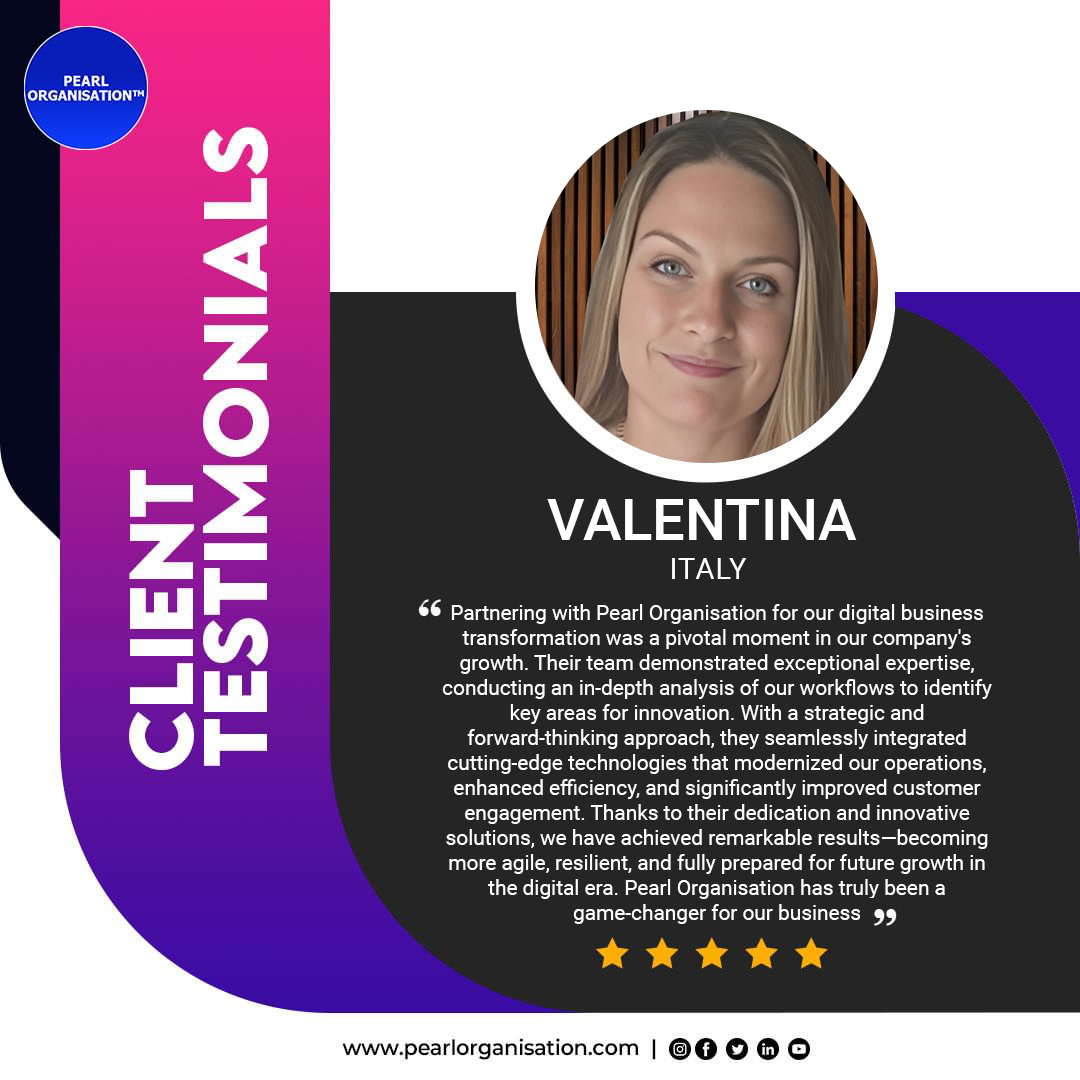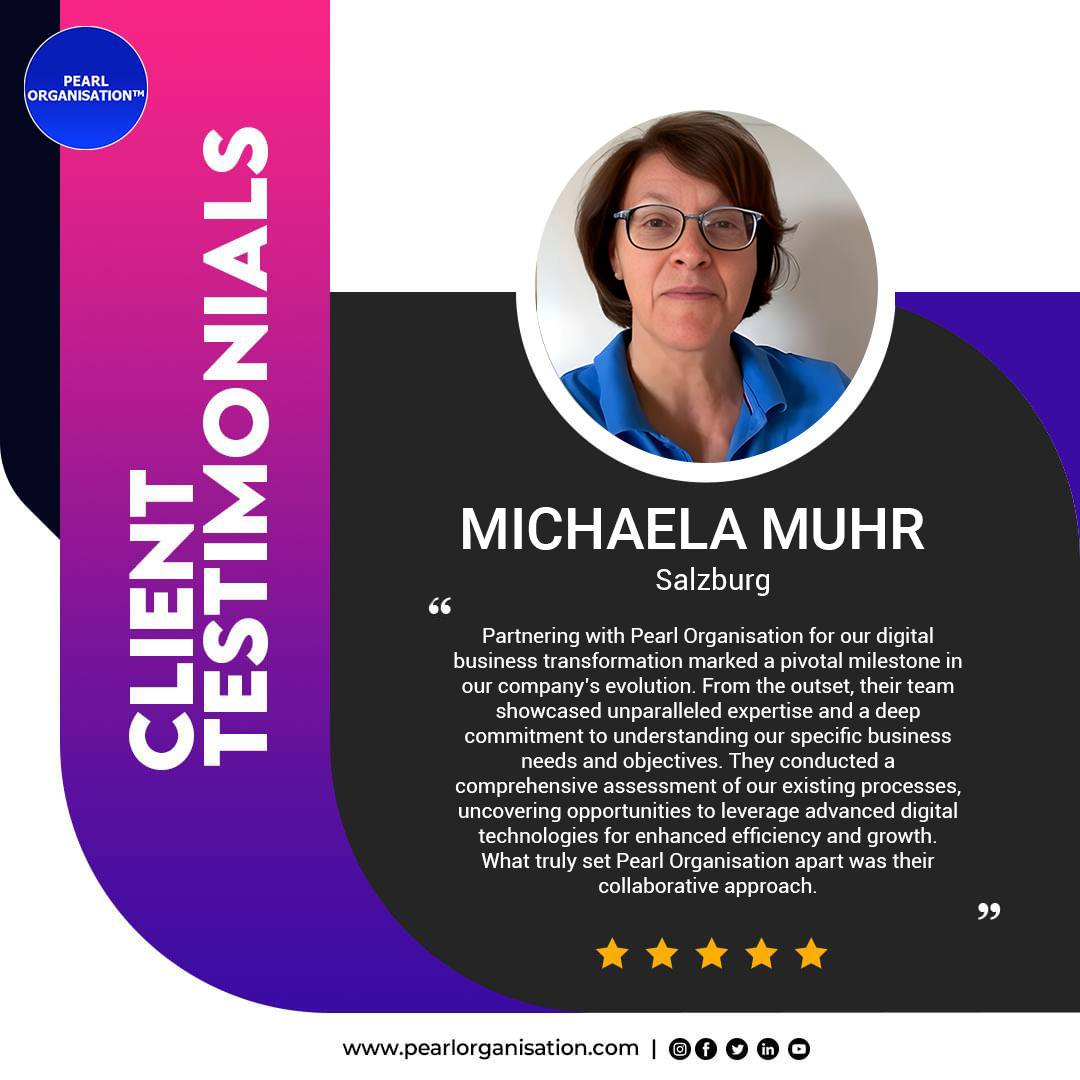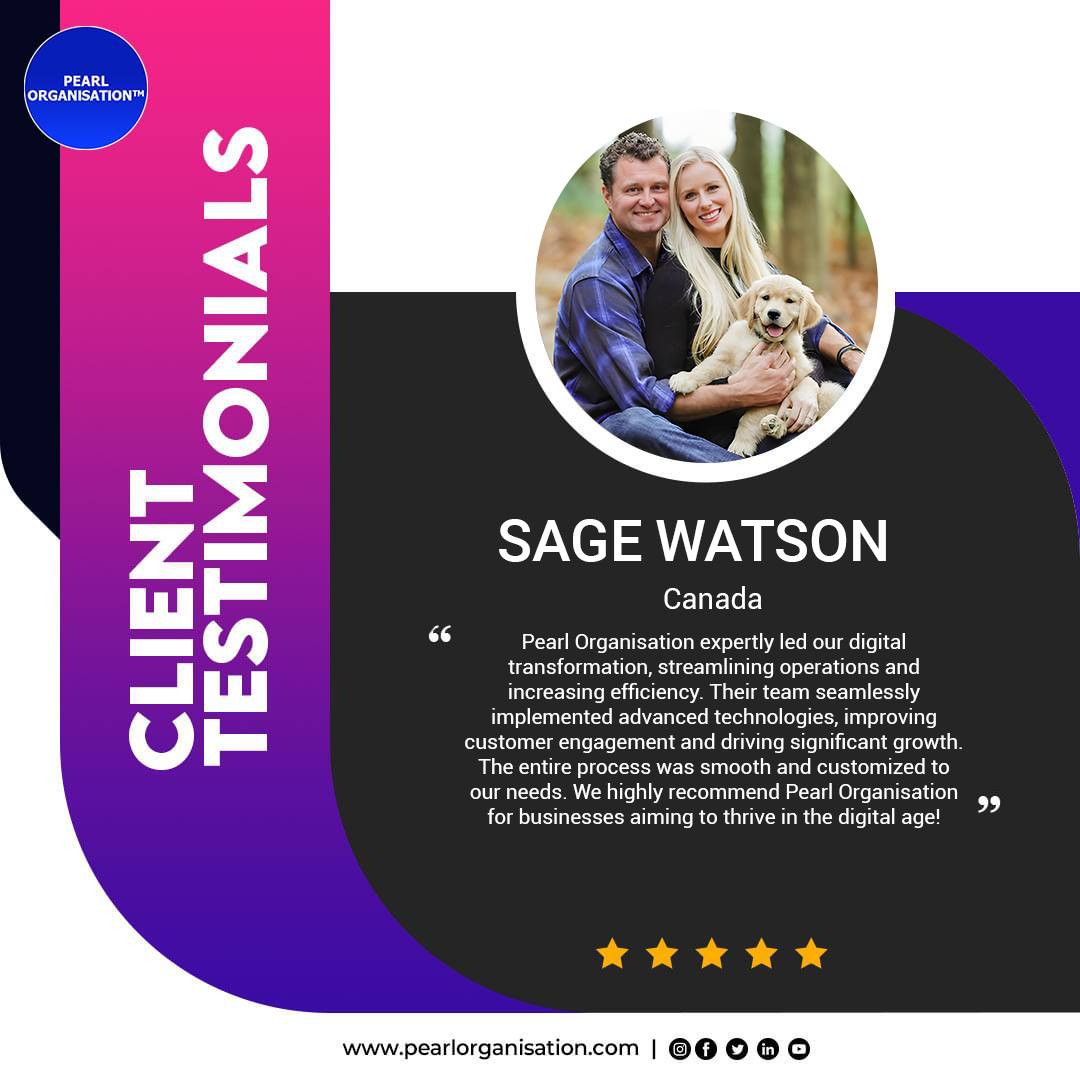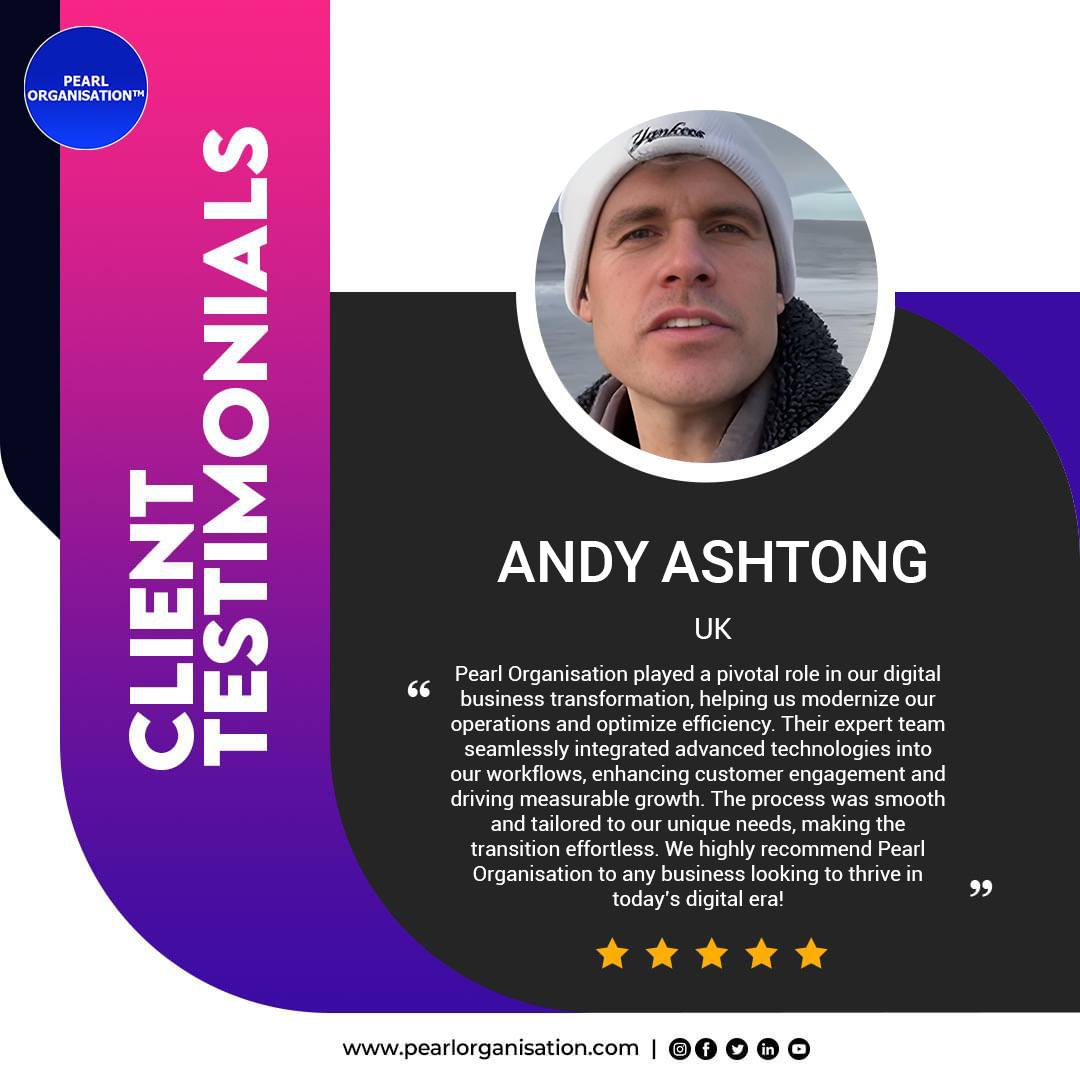Building a Scalable Multi-Tenant SaaS Product with Laravel or MERN
- Larrisa

- Jun 24, 2025
- 7 min read

As the SaaS market continues to soar—expected to surpass $850 billion by 2030—the demand for multi-tenant SaaS platforms is rapidly accelerating. Businesses are shifting toward scalable cloud-native systems that reduce operational costs, improve maintainability, and serve multiple customers efficiently. But scalability isn’t just about infrastructure—it starts at the architectural level with a smart framework selection.
At Pearl Organisation, we’ve engineered SaaS solutions that run seamlessly across multiple industries by leveraging two of the most powerful and future-ready stacks: Laravel and MERN (MongoDB, Express.js, React, Node.js). In this guide, we’ll dive deep into how these frameworks help build enterprise-grade, multi-tenant SaaS platforms and how to make the right decision based on your unique business model.
💡 What Is a Multi-Tenant SaaS Architecture?
A multi-tenant SaaS application serves multiple customers (called tenants) from a single instance of the software, sharing the infrastructure but isolating each tenant's data and configurations securely.
🧱 Why Multi-Tenant Architecture?
✅ Operational Cost Reduction: Shared servers, databases, and codebase
✅ Centralized Maintenance: Easier to patch, upgrade, or roll out new features
✅ Faster Tenant Onboarding: One-click provisioning of accounts
✅ Data Isolation: Tenant-level user management and resource separation
✅ Custom Experiences: White-labeling, regional settings, and role-based dashboards
⚙️ Laravel vs. MERN: Understanding the Stacks
🔹 Laravel – A PHP Powerhouse
Laravel is a modern PHP framework built for web artisans. It offers a highly structured environment, especially for apps requiring relational databases, form handling, role management, and business logic layers.
Key Highlights:
Blade templating for UI
Eloquent ORM for database models
Laravel Horizon for queues
Laravel Sanctum & Passport for auth
Artisan CLI for streamlined development
Laravel is best suited for platforms like CRMs, accounting tools, HRMS, e-learning portals, or admin-heavy web applications.
🔹 MERN Stack – A Full JavaScript Engine
MERN combines MongoDB (NoSQL), Express.js (backend), React (frontend), and Node.js (runtime). It’s ideal for real-time, dynamic web applications that need rich user interfaces and lightning-fast response.
Key Highlights:
React for dynamic UIs and component reusability
Node.js for scalable event-driven backends
MongoDB for flexible, schema-less data modeling
Express.js as lightweight REST API layer
MERN is ideal for SaaS products like analytics dashboards, productivity apps, fintech platforms, collaboration tools, and interactive portals.
🧩 Core Building Blocks of Multi-Tenant SaaS Platforms
Whether you choose Laravel or MERN, every SaaS platform must have the following layers carefully architected:
1. Tenant Management System
Laravel:
Use packages like tenancy/tenancy or Spatie Multitenancy
Middleware for tenant resolution via subdomain or user context
MERN:
Build tenant resolver middleware in Express
Use custom schemas or MongoDB collections to separate tenant data
2. Authentication and Authorization
Multi-tenant apps often need:
User-level and tenant-level auth
Role-Based Access Control (RBAC)
Session and token-based logins
Laravel:
Laravel Breeze/Jetstream
Sanctum or Passport for token-based APIs
Spatie Permission for RBAC
MERN:
JWT (JSON Web Tokens) for session management
Middleware for user roles and tenant validation
Integration with third-party identity providers (OAuth, SSO)
3. Data Isolation Models
Model | Description | Best For |
Shared Database, Shared Schema | All tenant data in one table, identified by tenant_id | Small SaaS tools, MVPs |
Shared DB, Separate Schema | Same DB, separate tables per tenant | Moderate isolation & maintenance |
Separate Databases per Tenant | Each tenant gets their own DB instance | High compliance sectors (e.g. finance) |
Both Laravel and MERN support all three approaches based on how you structure your database access layer.
4. Custom Branding & Configurations
Each tenant may have unique:
Logos and themes
Time zones and language settings
Subscription plans or feature sets
Billing cycle and user roles
This requires dynamic UI rendering (React for MERN, Blade for Laravel), tenant-specific settings management, and tenant-config-driven component loading.
5. Billing & Subscription Management
Handling billing, metered usage, and subscription renewals is a core SaaS function.
Laravel:
Use Laravel Cashier (Stripe, Razorpay, Paddle support)
Built-in webhook listeners, dunning management
MERN:
Integrate Stripe or PayPal via Node.js backend
Build custom metered billing APIs
React portals for invoices, usage tracking, billing tiers
6. CI/CD and Deployment
Use Docker for containerized builds
GitHub Actions, GitLab CI/CD, or Bitbucket Pipelines for deployment
Laravel Forge or Envoyer for Laravel apps
Vercel/Netlify for React frontend (MERN)
PM2 or Nodemon for Node.js app lifecycle control
7. Scalability & Performance
🔐 Enterprise-Grade Security for Multi-Tenant SaaS
Security is non-negotiable, especially with shared infrastructure.
Layer | Best Practices |
Network | SSL/TLS, WAF, VPN for internal tools |
Application | Input sanitization, CSRF/XSS protection, strict CORS headers |
Authentication | Multi-Factor Authentication (MFA), OAuth2 |
Data Layer | Encryption at rest and in transit, tenant-level access control |
Compliance | GDPR, HIPAA, SOC 2, ISO27001 readiness |
🌍 Real-World SaaS Scenarios Built by Pearl Organisation
🎯 Case: B2B Workflow SaaS for SMEs
Stack: Laravel + PostgreSQL + Cashier
Features: Task management, role-based permissions, usage billing
Scale: 120+ tenants across 3 continents
Outcome: Reduced onboarding time by 70%, 99.98% uptime
Stack: MERN + MongoDB + Redis + WebSockets
Features: Real-time analytics, live notifications, complex dashboards
Scale: Handles 5M+ transactions/day
Outcome: 3x faster load speed, scalable to 100k+ concurrent sessions
🧠 Laravel vs. MERN: Which One Is Right for You?
Criteria | Laravel | MERN |
Language Base | PHP | JavaScript (full stack) |
UI Needs | Admin-style dashboards, traditional UIs | Dynamic, highly interactive UIs |
Speed to MVP | Fast due to built-in tools | Takes longer setup time |
Dev Team Skillbase | More common in backend teams | Preferred in modern startup ecosystems |
Data Model | Relational (MySQL/PostgreSQL) | Non-relational (MongoDB) |
API Architecture | MVC + RESTful | REST or GraphQL ready |
Community | Mature with strong ecosystem | Rapidly growing, full-stack JS ecosystem |
📌 Final Thoughts
Building a successful SaaS product in 2025 is about more than clean code—it’s about architecting for scale, performance, security, and customer experience. Whether you choose Laravel for its proven structure and backend depth or MERN for its high-speed frontend experience, what matters most is your ability to build tenant-aware logic from day one.
At Pearl Organisation, we bring full-cycle SaaS expertise with:
Custom multi-tenant architecture
Payment, compliance, and audit readiness
Deployment and scaling pipelines
UI/UX suited to SaaS end users
Ongoing support for DevOps and monitoring
Ready to build your next-gen SaaS product?
💬 Frequently Asked Questions (FAQs)
Q1. What is a multi-tenant SaaS application?
A multi-tenant SaaS application is a single software platform that serves multiple customers (tenants), where each tenant operates in a logically separated space. All tenants share the same codebase and infrastructure but have isolated data, configurations, and user environments.
Think of it like a single apartment building with individual flats—shared structure, individual privacy.
Q2. Why should I choose multi-tenancy over single-tenant architecture?
Multi-tenancy offers:
Reduced infrastructure costs
Faster onboarding for new clients
Centralized maintenance and updates
Efficient use of developer resources
Easier to implement SaaS billing and feature tiering
It’s ideal for SaaS platforms targeting multiple clients or organizations with similar core needs but customizable experiences.
Q3. What is the difference between Laravel and MERN for SaaS development?
Criteria | Laravel | MERN |
Language | PHP | Full JavaScript (Node.js, React) |
Best For | Admin-heavy dashboards, CRMs | Real-time apps, dashboards, high interaction |
Database | SQL (MySQL/PostgreSQL) | NoSQL (MongoDB) |
Performance | Solid, stable | Very fast with dynamic UIs |
Developer Base | Large in PHP teams | Growing in startup/JS-heavy ecosystems |
Hosting Options | Shared/VPS/Forge | Cloud-native (Docker, Vercel, etc.) |
Both frameworks are capable of powering scalable SaaS platforms. The choice depends on UI needs, developer experience, and project timelines.
Q4. What are the tenant isolation options for multi-tenant architecture?
There are three major models:
Shared Database, Shared Schema
All tenants share one DB and tables (identified by tenant_id)
Low cost, but less secure and harder to scale
Shared Database, Separate Schemas
One DB, but separate schemas per tenant
Balanced cost, easier to back up or migrate
Separate Database per Tenant
One DB per tenant
Most secure, easy to isolate, good for high-compliance projects
Pearl Organisation helps choose and implement the right strategy based on your industry, budget, and compliance needs.
Q5. How can I manage authentication in a multi-tenant SaaS app?
You’ll need multi-layer authentication, including:
User-level auth (logins, tokens, sessions)
Tenant-level validation (ensure requests are scoped to a tenant)
Role-based access control (admins, editors, viewers, etc.)
Laravel uses Sanctum or Passport for token-based auth.
MERN uses JWT tokens and Express middleware to secure APIs and frontends.
Pearl Organisation also integrates SSO, MFA, and social login as needed.
Q6. How do you handle custom branding per tenant?
Each tenant can have:
Custom domain (white-labeled SaaS)
Custom logo, colors, layout configurations
Language and timezone preferences
Feature toggles based on subscription plan
In Laravel, this is handled using configuration and middleware.
In MERN, React components dynamically render based on tenant config.
Q7. How do you implement billing and subscription management in SaaS?
Pearl Organisation typically uses:
Laravel: Laravel Cashier for Stripe, Paddle, or Razorpay
MERN: Custom Stripe integration with Node.js backend + React frontend
We implement:
Tiered subscriptions (Basic, Pro, Enterprise)
Webhooks for payments and renewals
Invoice generation
Usage metering (if applicable)
Q8. Is it possible to scale a Laravel or MERN-based SaaS app to millions of users?
Yes, absolutely—with the right DevOps and architecture:
Use Docker containers and horizontal scaling
Load balancers like NGINX
Queues for async jobs (Laravel Horizon, Node workers)
Redis or Memcached for caching
Database replication and sharding for high traffic
Pearl Organisation offers cloud-native deployments and ongoing monitoring to handle scaling seamlessly.
Q9. What security measures are necessary for multi-tenant SaaS applications?
We conduct regular security audits, code reviews, and pen tests as part of our services.
Q10. Can Pearl Organisation help migrate an existing single-tenant app into a multi-tenant SaaS?
Yes, we offer full refactoring and migration services to help you move from:
We handle database migration, user mapping, tenant scoping, and complete UI adjustments without disrupting your existing users.




























